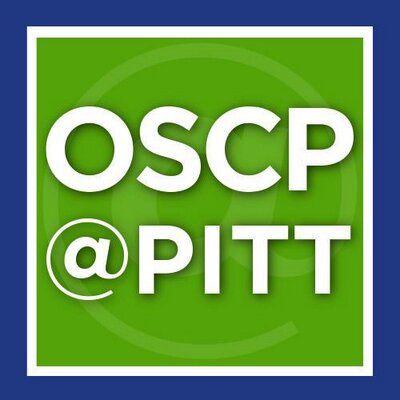Kumar, S and Chaudhary, K and Foster, JM and Novelli, JF and Zhang, Y and Wang, S and Spiro, D and Ghedin, E and Carlow, CKS
(2007)
Mining predicted essential genes of Brugia malayi for nematode drug targets.
PLoS ONE, 2 (11).
Abstract
We report results from the first genome-wide application of a rational drug target selection methodology to a metazoan pathogen genome, the completed draft sequence of Brugia malayi, a parasitic nematode responsible for human lymphatic filariasis. More than 1.5 billion people worldwide are at risk of contracting lymphatic filariasis and onchocerciasis, a related filarial disease. Drug treatments for filariasis have not changed significantly in over 20 years, and with the risk of resistance rising, there is an urgent need for the development of new anti-filarial drug therapies. The recent publication of the draft genomic sequence for B. malayi enables a genome-wide search for new drug targets, However, there is no functional genomics data in B. malayi to guide the selection of potential drug targets. To circumvent this problem, we have utilized the free-living model nematode Caenorhabditis elegans as a surrogate for B. malayi. Sequence comparisons between the two genomes allow us to map C. elegans orthologs to B. Malayi genes. Using these orthology mappings and by incorporating the extensive genomic and functional genomic data, including genome-wide RNAi screens, that already exist for C. elegans, we identify potentially essential genes in B. malayi. Further incorporation of human host genome sequence data and a custom algorithm for prioritization enables us to collect and rank nearly 600 drug target candidates. Previously identified potential drug targets cluster near the top of our prioritized list, lending credibility to our methodology. Over-represented Gene Ontology terms, predicted InterPro domains, and RNAi phenotypes of C. elegans orthologs associated with the potential target pool are identified. By virtue of the selection procedure, the potential B. malayi drug targets highlight components of key processes in nematode biology such as central metabolism, molting and regulation of gene expression. © 2007 Kumar et al.
Share
| Citation/Export: |
|
| Social Networking: |
|
Details
| Item Type: |
Article
|
| Status: |
Published |
| Creators/Authors: |
| Creators | Email | Pitt Username | ORCID  |
|---|
| Kumar, S | | | | | Chaudhary, K | | | | | Foster, JM | | | | | Novelli, JF | | | | | Zhang, Y | | | | | Wang, S | | | | | Spiro, D | | | | | Ghedin, E | elg21@pitt.edu | ELG21 | | | Carlow, CKS | | | |
|
| Contributors: |
| Contribution | Contributors Name | Email | Pitt Username | ORCID  |
|---|
| Editor | Ahmed, Niyaz | UNSPECIFIED | UNSPECIFIED | UNSPECIFIED |
|
| Date: |
14 November 2007 |
| Date Type: |
Publication |
| Journal or Publication Title: |
PLoS ONE |
| Volume: |
2 |
| Number: |
11 |
| DOI or Unique Handle: |
10.1371/journal.pone.0001189 |
| Schools and Programs: |
School of Medicine > Infectious Diseases and Microbiology |
| Refereed: |
Yes |
| PubMed ID: |
18000556 |
| Date Deposited: |
18 Jul 2012 21:03 |
| Last Modified: |
25 Jan 2019 23:55 |
| URI: |
http://d-scholarship.pitt.edu/id/eprint/12923 |
Metrics
Monthly Views for the past 3 years
Plum Analytics
Altmetric.com
Actions (login required)
 |
View Item |








